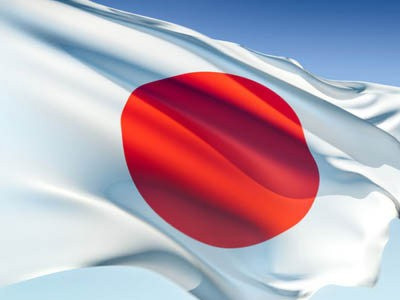Japan Earthquake Generated Waves in Higher Atmosphere

When a massive magnitude 9 earthquake hit Japan in March, it also shook the highest layer of the atmosphere.
The Tohoku quake off of coastal Japan that spawned a tsunami and wreaked havoc on land also triggered waves all the way up to the ionosphere, one of the highest layers of the atmosphere, creating ripples in electrically charged particles nearly 220 miles above Earth.
The disruptions, called "seismotraveling ionospheric disturbances', were measured using a thousand GPS receivers in Japan and Taiwan, and detected by radio signals as anomalies between the GPS satellites and ground receivers.
Although research from the past show that quakes can generate waves in the atmosphere, this is the largest disturbance detected. About seven minutes after the quake, scientists saw disc-shaped rise in electron density in the ionosphere, with concentric waves flowing out at speeds of up to 500 mph.
The ripples from the disc-shaped disturbance seem to be linked to the tsunami. Scientists see hope that this research could lead to a new type of warning system that could potentially save lives.
"This signature in space that we can see with GPS could provide early warning that a tsunami is coming," atmospheric scientist Jann-Yenq "Tiger" Liu at Taiwan's National Central University told OurAmazingPlanet.
The study's finding were published in the Journal of Geophysical Research-Space Physics on June 28.
© Copyright IBTimes 2025. All rights reserved.





















